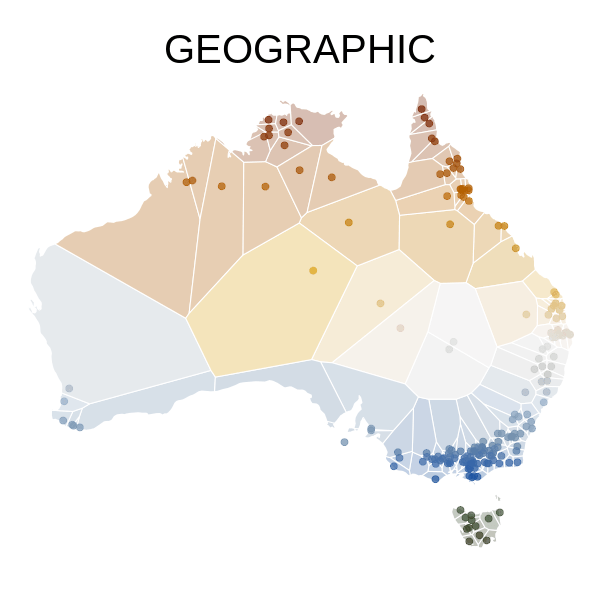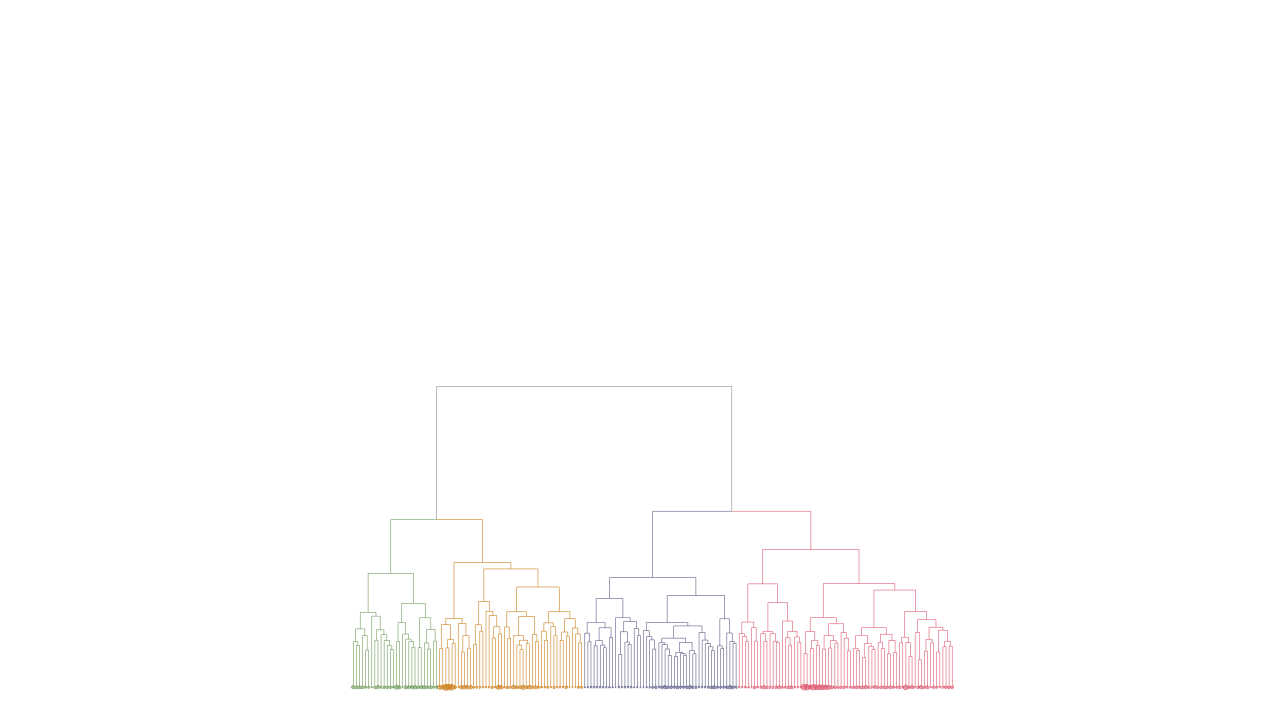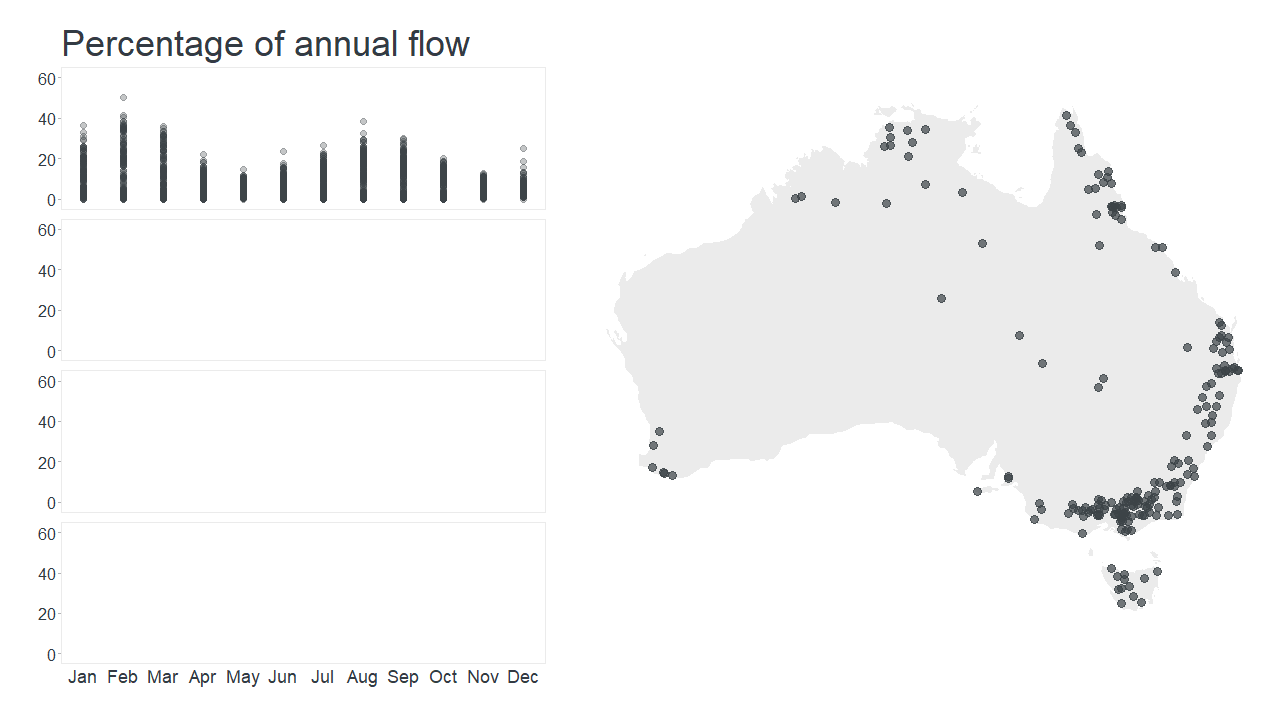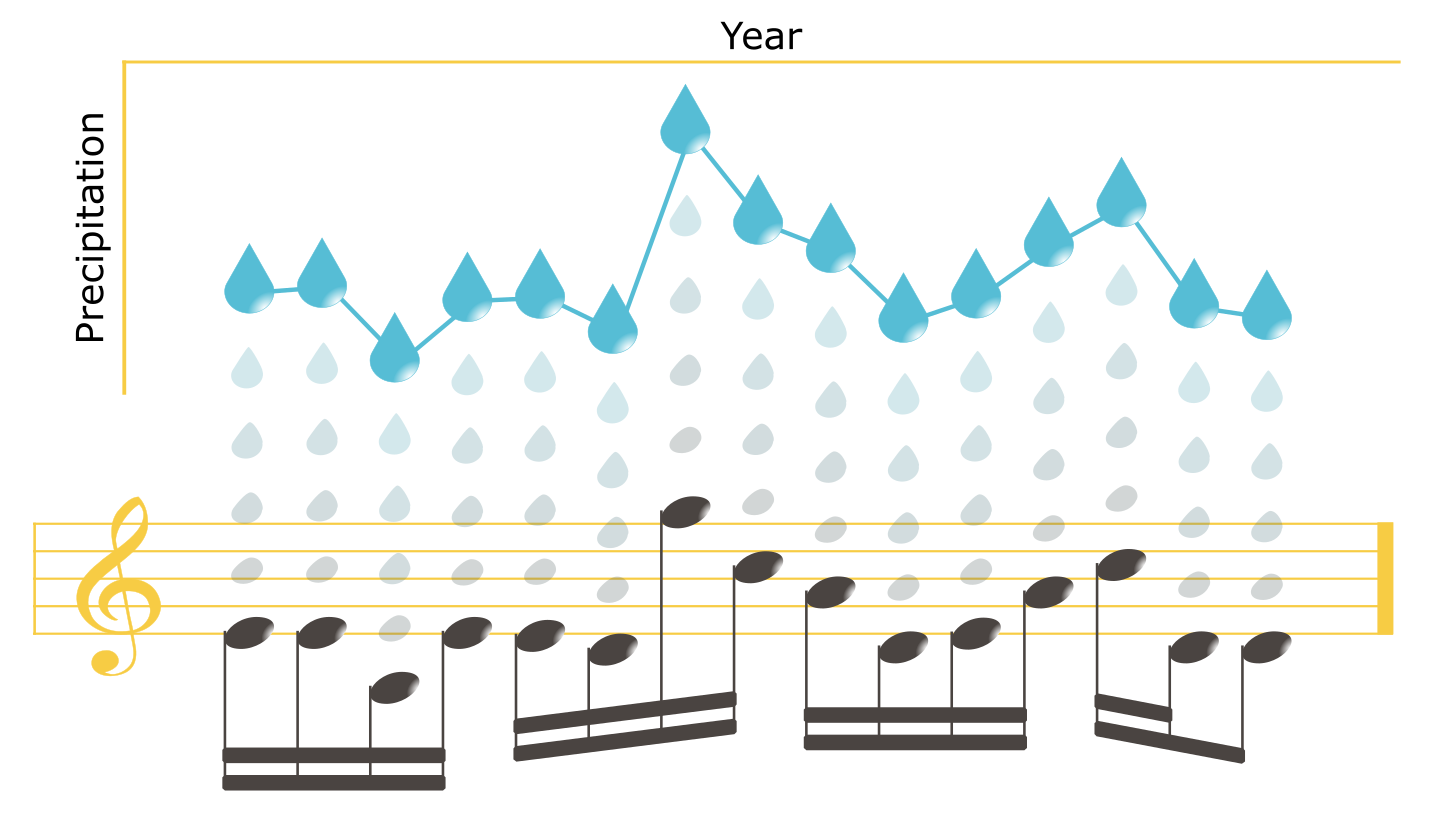Hydrology basics, episode 1: streamflow, precipitation and evapotranspiration
How does water end up flowing in rivers? As schematized below, it is the result of processes that have taken place in the river basin, also known as a catchment and delineated by a red line in the figure.





